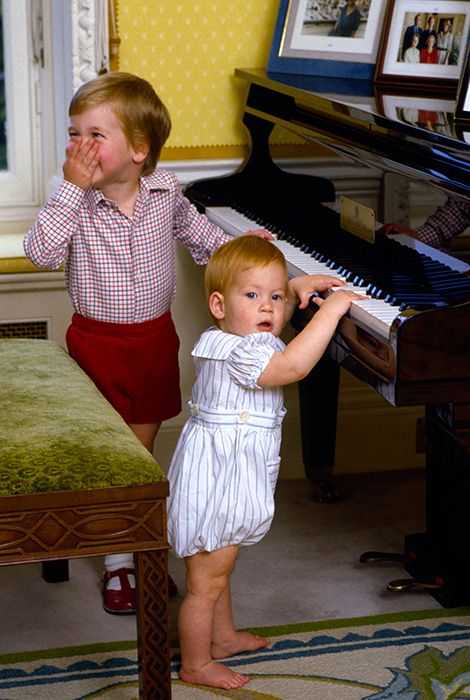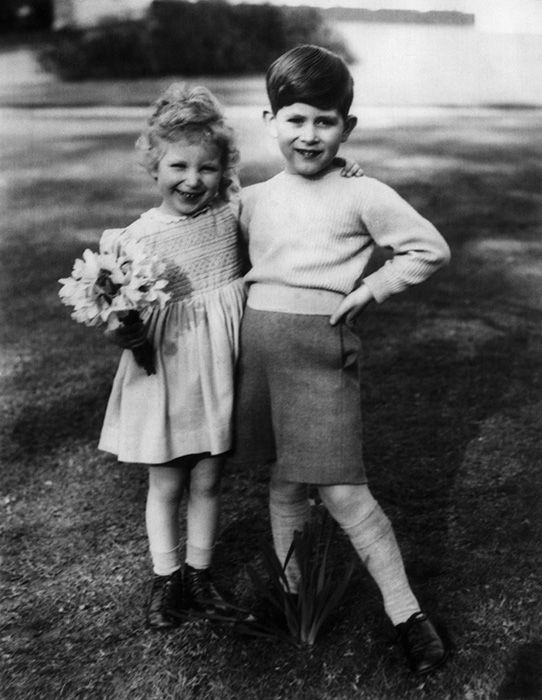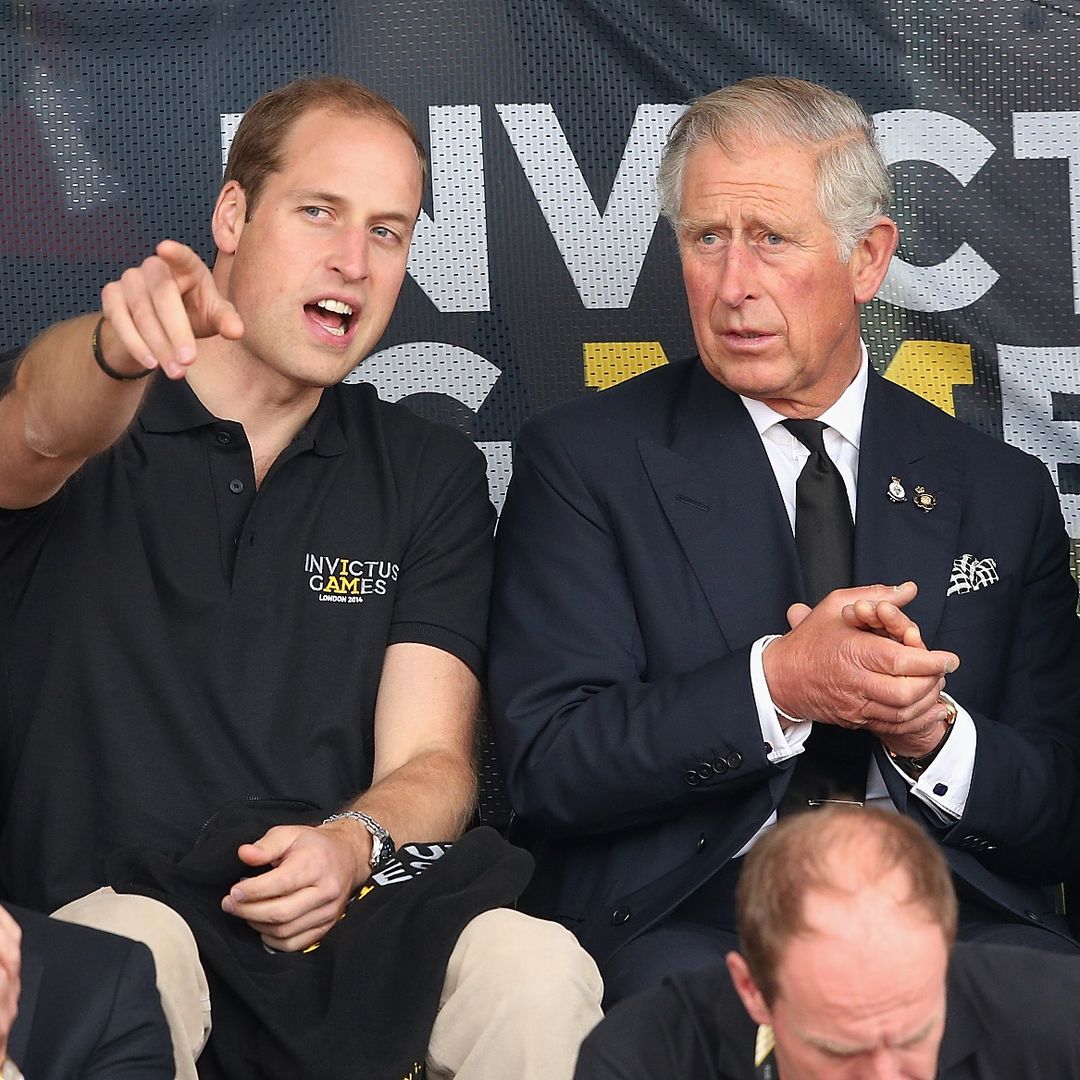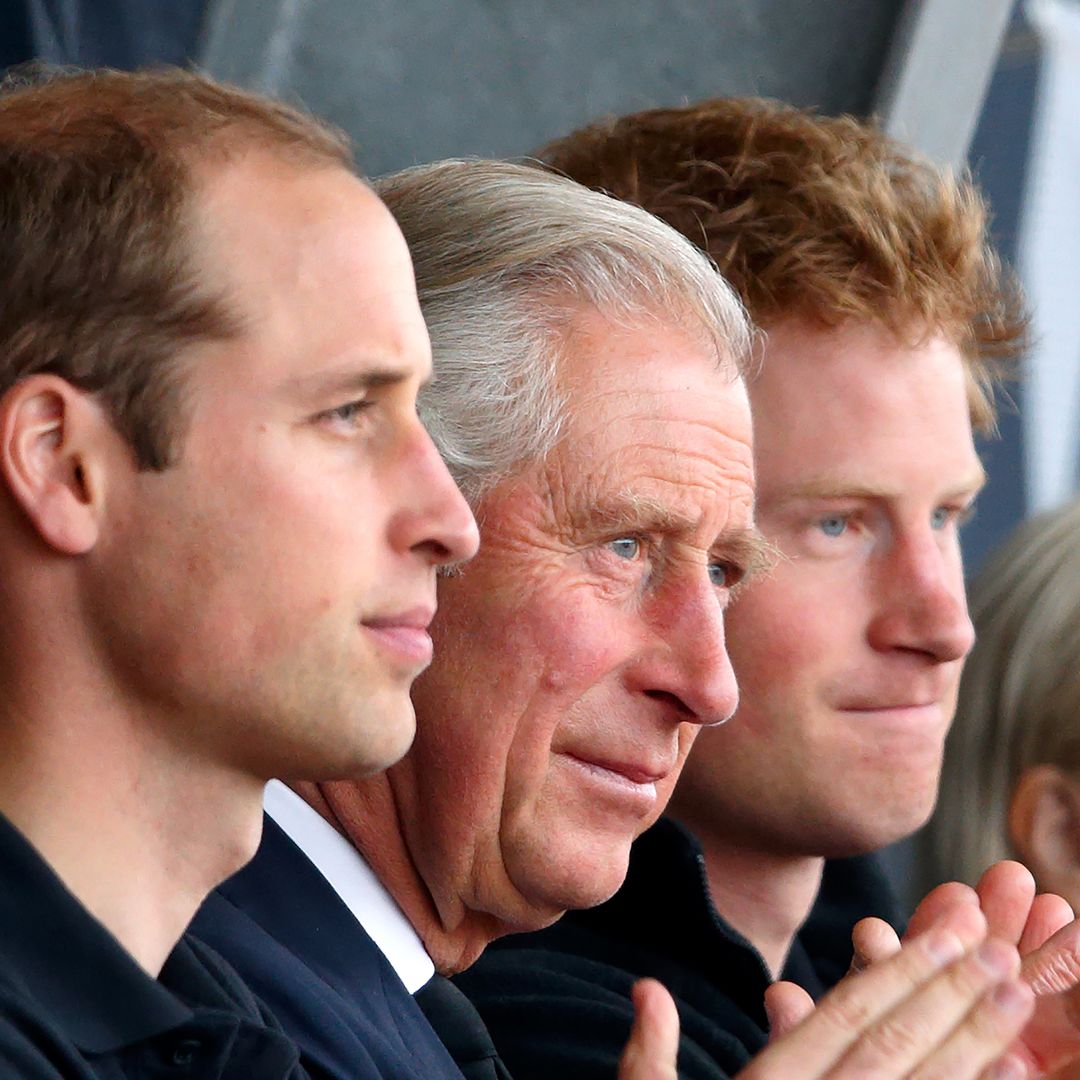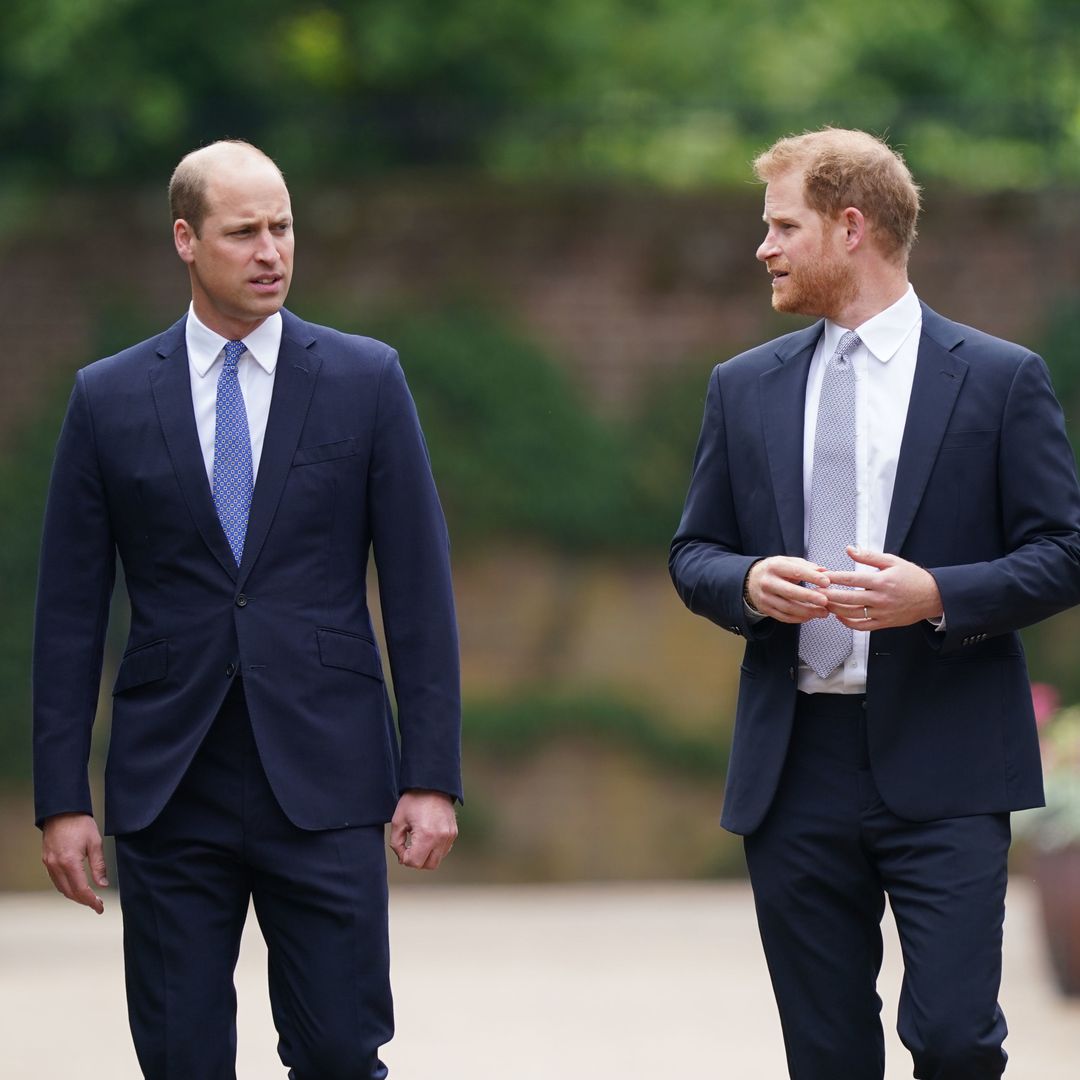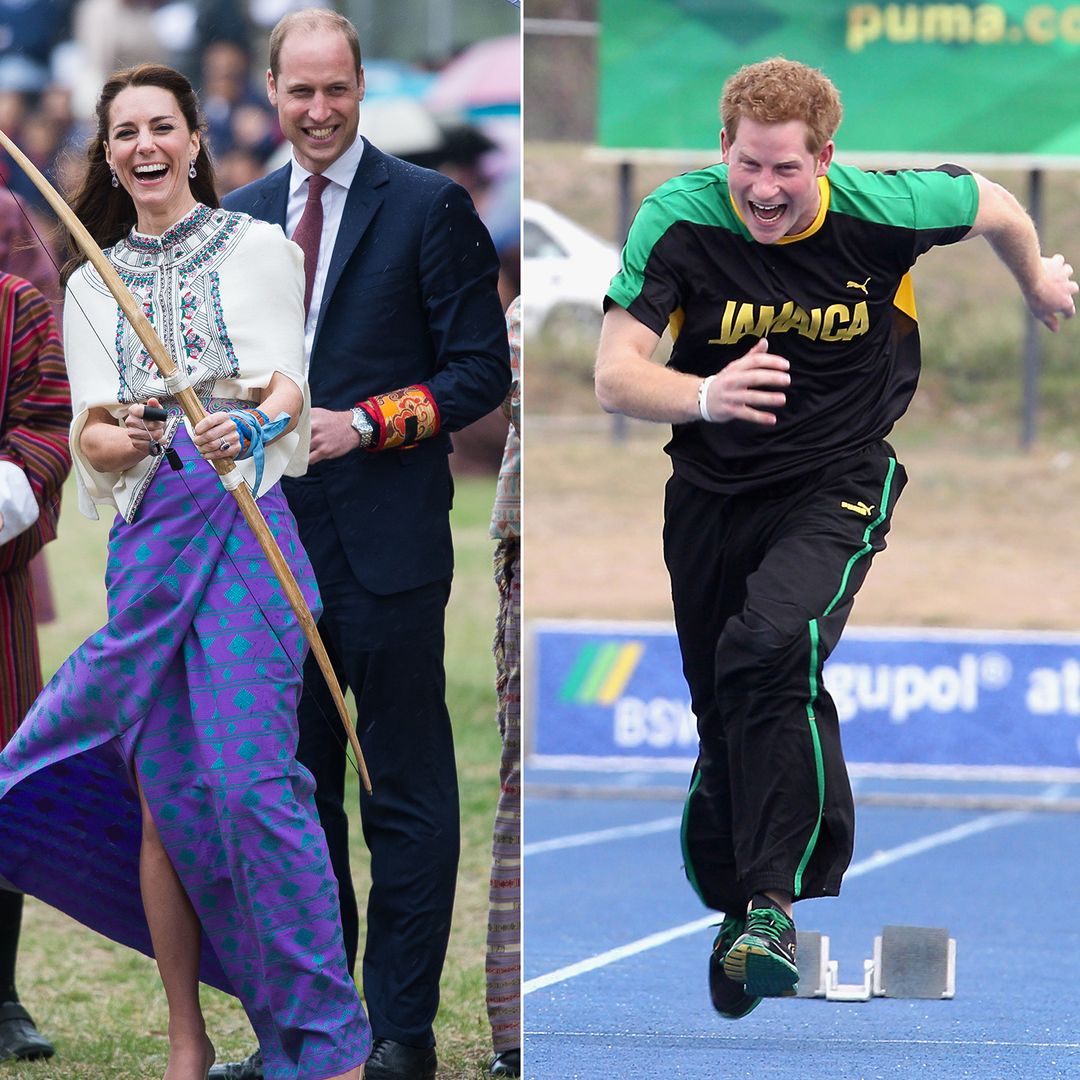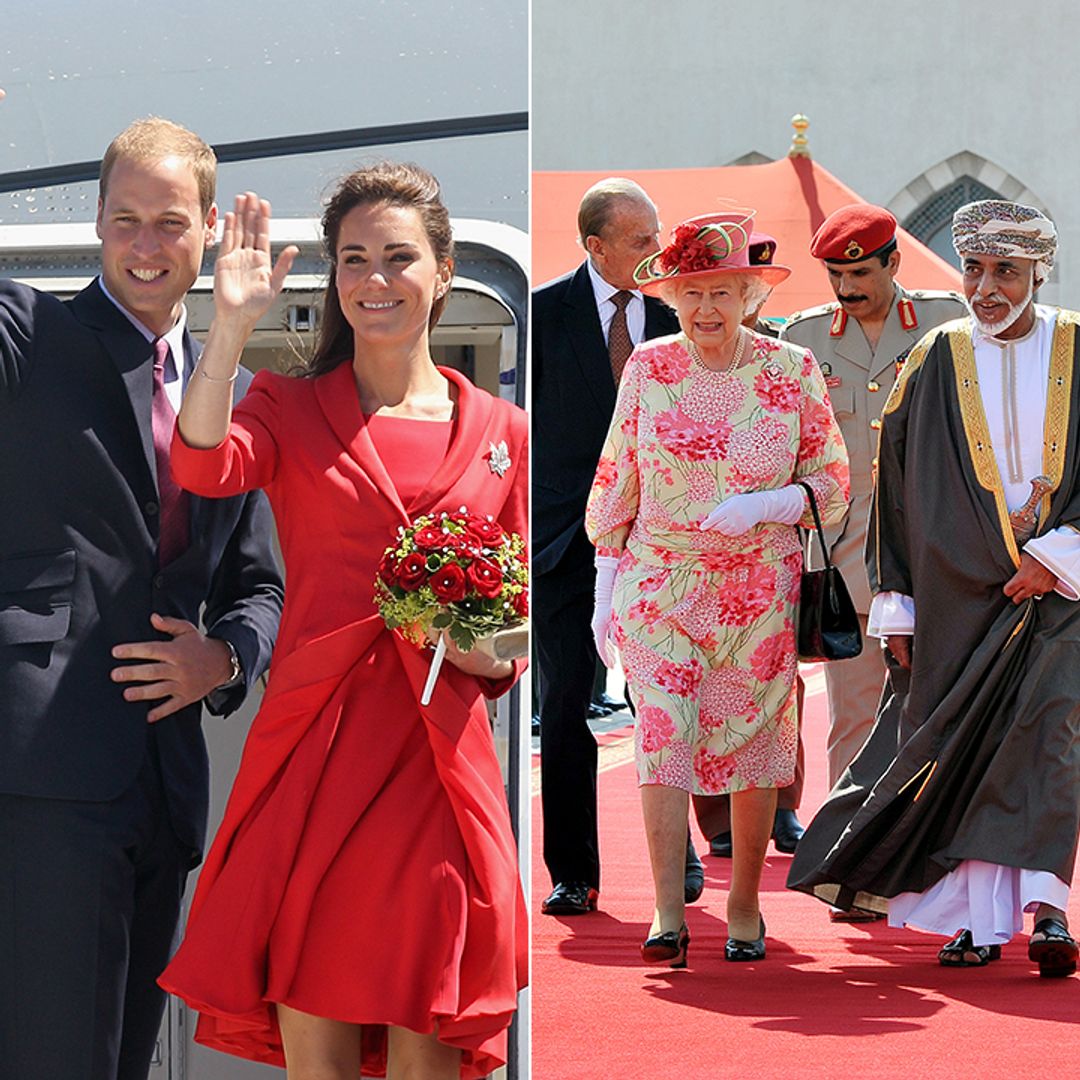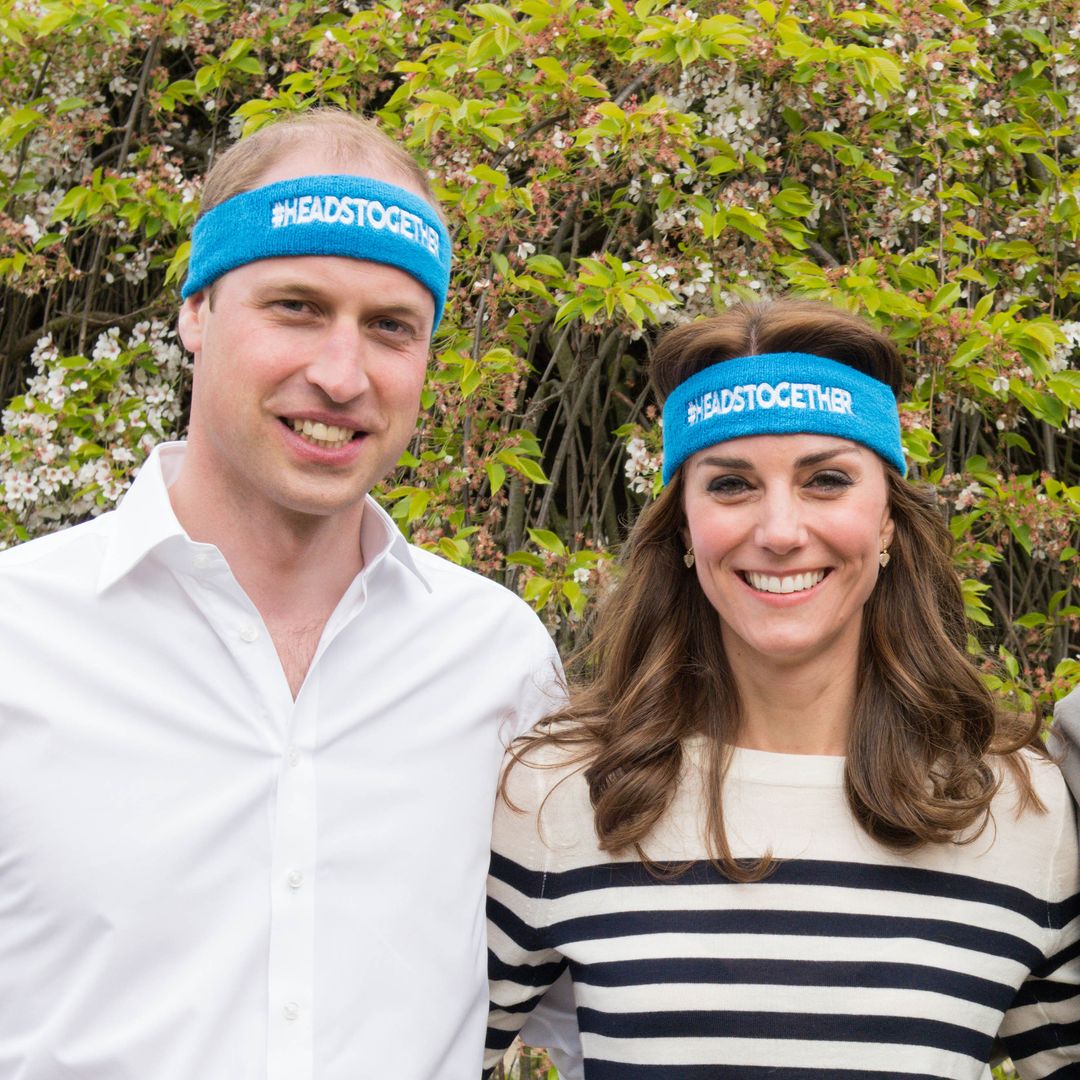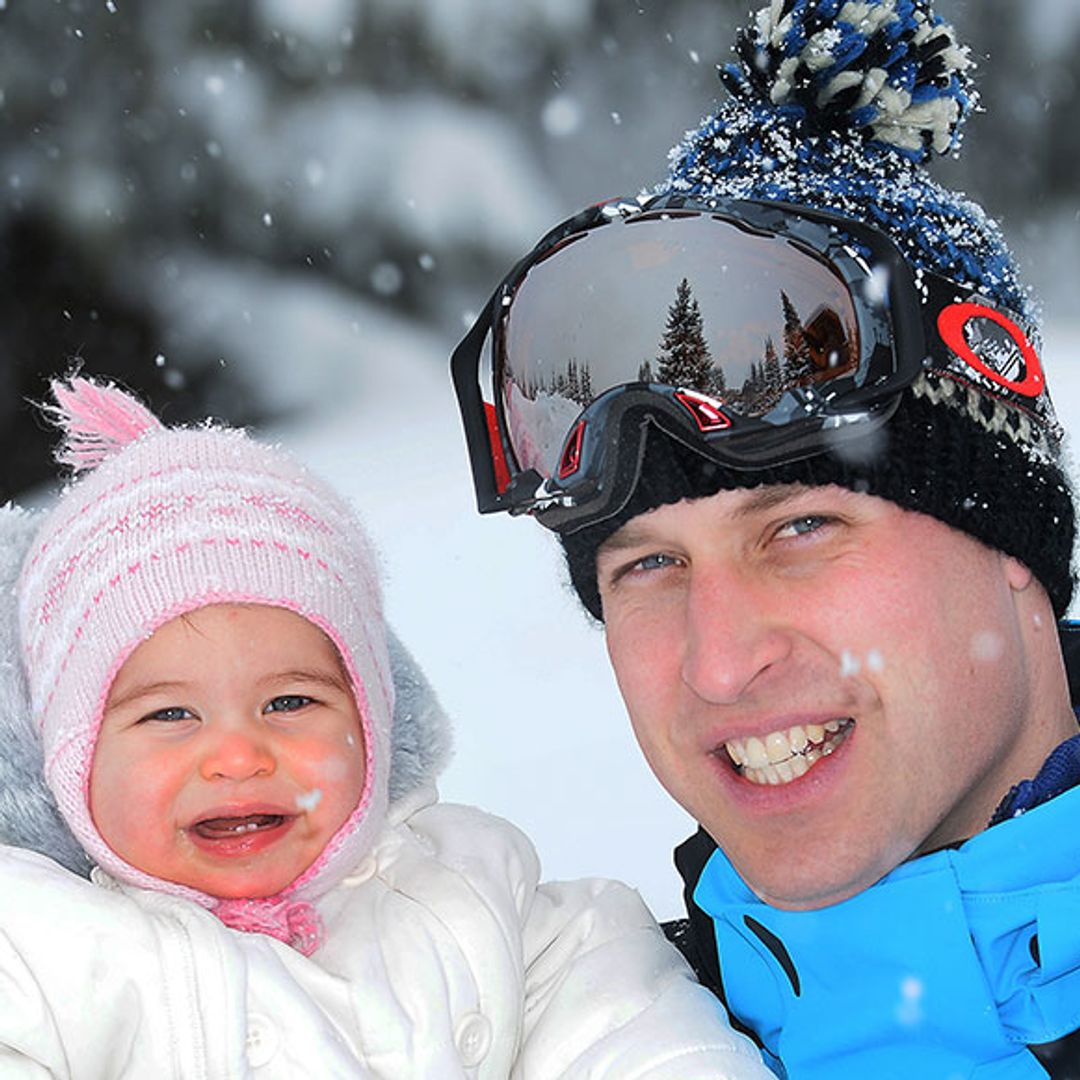A second royal baby is more than just a brother or sister – as Prince George will find out when his mother, the Duchess, formerly Kate Middleton, gives birth.He or she is also the greatest friend and ally, one of the few who can instinctively understand what life is like in the royal goldfish bowl, where security considerations and press and public interests are always there in the background.
Princes William and Harry pictured at their home, Kensington Palace
Royal childhoods have changed radically in the nine decades since the Queen was born. She and her sister, Princess Margaret, were brought up in rigid formality, with nannies and nursery maids looking after their day-to-day needs, and they only saw their parents at breakfast or tea. Similarly, the Queen was only 25 when she became monarch and so wasn’t able to have the close relationship with her own four children that Prince William and Kate enjoy.Video: live stream at Lindo WingIt was Princess Diana who revolutionised the way royal siblings grew up. Although she taught William and Harry to respect their heritage, they were also shown another, more normal side of life. They went to McDonald's, watched films at the local multiplex and enjoyed trips to theme parks.
Prince Charles, five, and Princess Anne, three, in 1954
They were also able to mix with 'ordinary' children at home as well as at school, playing with their butler Paul Burrell’s two sons, something that would have been unthinkable as recently as Charles and Anne's childhood.One thing that remains unchanged though is the support royal siblings offer each other, from Margaret speaking on the phone to her sister every day to Harry describing William as "my best friend".Just how vital and successful these special relationships have been over the years is clear as HELLO! looks back over nine decades of royal childhood.

